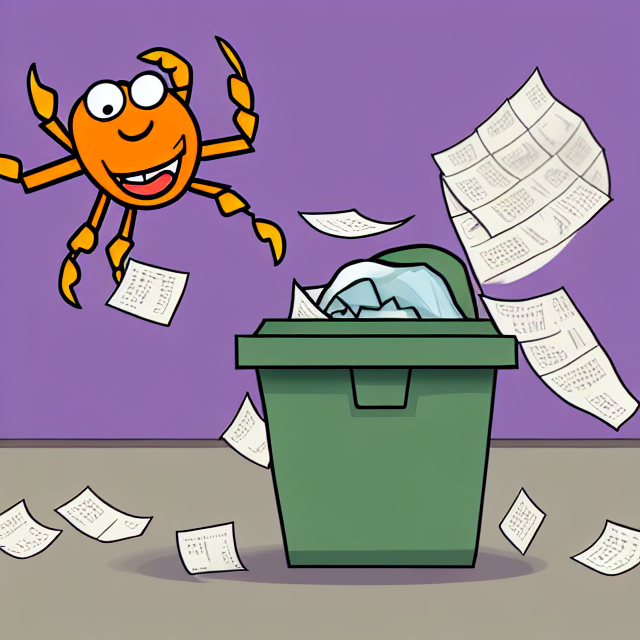Fun fact: Stable diffusion generated this logo 🎨
Rmt is similar to the rm command, but it allows me to save the deleted elements in the trash. If you wish, you can restore the previously deleted elements of your choice (or delete them forever) with a cli.
Download the binary depending on your configuration here: https://github.com/AmineZouitine/rmt.rs/releases
Then you just need to enter this command in your terminal:
tar -xf <downloaded_archive> rmt && sudo mv rmt /usr/local/binAdd rmt as an alias instead of the rm command.
rmt [OPTION]... [FILE|FOLDER]...
Exemples:
rmt text.txt
rmt * -- -text.txt
rmt folder test.txt *.sh✨ I like to use -f option, to remove all the warnings.
rmt --tdrmt --tfrmt --tiYou can customize the behavior of the trash bin by editing the configuration file located at ~/.trash_rmt/config_rmt.yml.
Currently, you have the option to encrypt your data so that it becomes unreadable from the trash. Compression is a feature that will be available in the future.
compression: true
encryption: true
trash: nullYou can find all the information in the file CONTRIBUTING.md. Hoping to see you soon in my pull request 😊

